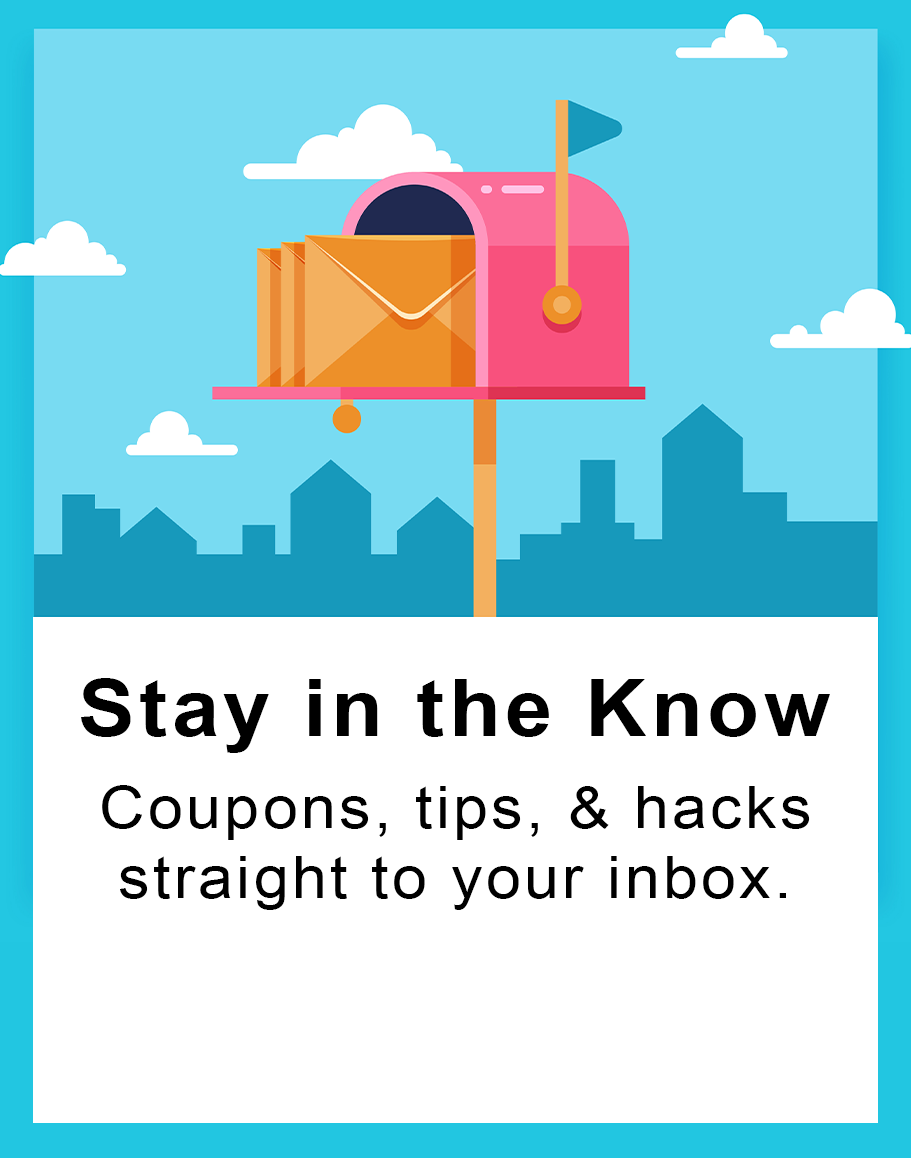Binding Machine
-
June 21, 2010 14Here's how to create your own local publishing company. Getting into the publishing business to fill local needs ca ...
-
June 20, 2010 12Creating books in class is a fun and engaging class project, and gives your students something they can keep foreve ...
-
June 20, 2010 30Here are 7 tips for giving a great presentation. Presentations are an important part of the daily business world. K ...
-
June 19, 2010 12A family tree book is a great gift for current and future generations. If you intend to do a complete family tree, ...
-
June 19, 2010 12Here are a few tips to get you started creating a media kit. A media kit is the first step to getting your company ...
-
June 19, 2010 7Here's how to get started to make a great sales and media kit..A great sales and media kit can help your company ge ...
-
June 19, 2010 9Here are a few tips to get you started in putting one together. A nice wedding book is a gift the couple will cheri ...
-
June 19, 2010 10Putting together a short story anthology can be a fun and rewarding project. Here are some hints and tips to help g ...
-
June 18, 2010 11Having something unique to offer the business world, you may be considering writing and self-publishing your own bu ...
-
June 18, 2010 13Starting to prepare a great business presentation is to sit down with a notebook and write down all of the key poin ...
-
June 17, 2010 18Modeling portfolio will carefully consider is what type of modeling you intend to do, and more to the point, what t ...
-
June 15, 2010 12Fundraising cookbooks can be a fun and challenging way for your organization to get the support of local businesses ...







